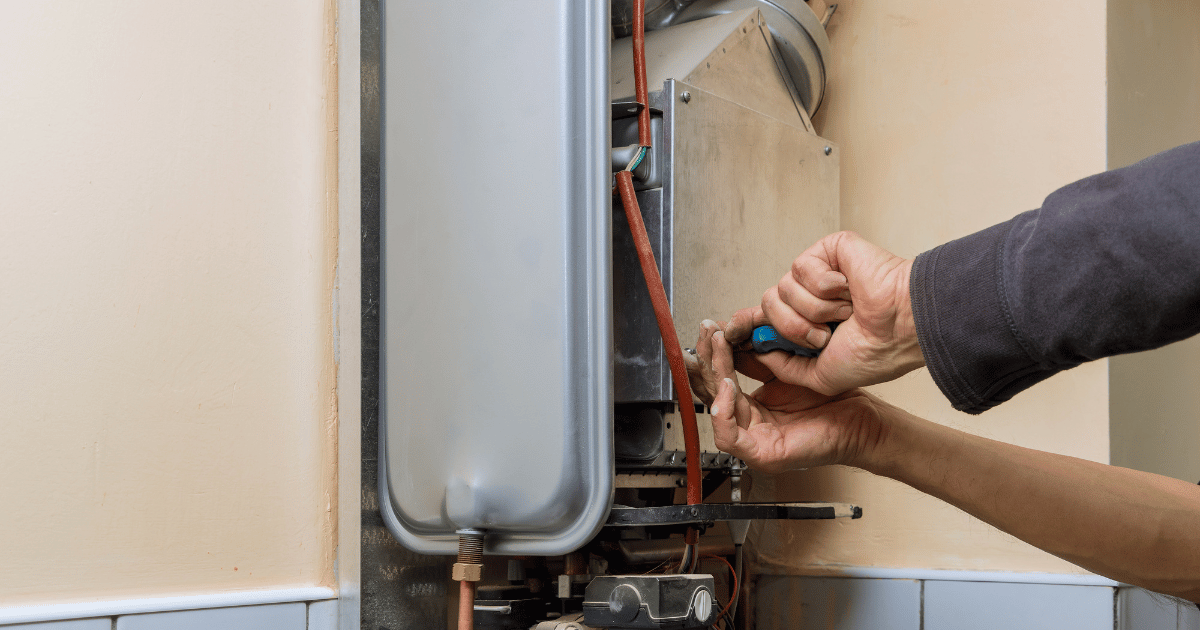Expert Guidance on Caring for Your Home's Hot Water System
Expert Guidance on Caring for Your Home's Hot Water System
Blog Article
What are your ideas about What Kind of Maintenance Do Water Heaters Need??

Warm water is necessary for everyday comfort, whether it's for a refreshing shower or cleaning meals. To guarantee your warm water system runs effectively and lasts much longer, routine maintenance is essential. This short article offers functional tips and insights on exactly how to preserve your home's warm water system to stay clear of disturbances and pricey repairs.
Introduction
Maintaining your home's warm water system could seem complicated, yet with a couple of simple steps, you can guarantee it operates smoothly for many years to find. This overview covers every little thing from understanding your hot water system to do it yourself upkeep pointers and recognizing when to call professional assistance.
Importance of Preserving Your Warm Water System
Normal maintenance not just expands the lifespan of your warm water system yet also ensures it runs efficiently. Overlooking upkeep can cause reduced performance, greater power bills, and even premature failing of the system.
Indicators Your Hot Water System Needs Maintenance
Recognizing when your warm water system needs attention can stop significant concerns. Look out for indicators such as inconsistent water temperature, odd sounds from the heating system, or corroded water.
Flushing the Water Heater
Flushing your water heater eliminates debris build-up, improving efficiency and prolonging its life.
Checking and Replacing Anode Rods
Anode poles stop deterioration inside the storage tank. Evaluating and replacing them when worn is vital.
Complex Issues Needing Specialist Help
Examples include significant leakages, electrical problems, or if your hot water heater is continually underperforming.
Regular Professional Maintenance Benefits
Professional maintenance can include thorough inspections, tune-ups, and ensuring compliance with safety standards.
Inspecting and Adjusting Temperature Level Setups
Readjusting the temperature level setups guarantees ideal performance and safety.
DIY Tips for Upkeep
You can execute a number of maintenance tasks yourself to maintain your warm water system in leading condition.
Checking for Leaks
Consistently evaluate pipelines and links for leakages, as these can bring about water damages and greater costs.
Recognizing Your Warm Water System
Prior to diving right into upkeep jobs, it's practical to recognize the basic parts of your warm water system. Commonly, this consists of the hot water heater itself, pipes, anode poles, and temperature level controls.
Month-to-month Upkeep Tasks
Normal month-to-month checks can assist capture minor issues before they escalate.
Testing Stress Alleviation Valves
Testing the pressure safety valve guarantees it works properly and avoids too much stress accumulation.
Protecting Pipes
Insulating warm water pipelines minimizes warm loss and can save power.
When to Call a Specialist
While DIY upkeep is helpful, some problems require specialist know-how.
Conclusion
Normal upkeep of your home's hot water system is crucial for effectiveness, longevity, and expense savings. By complying with these tips and understanding when to seek expert help, you can make sure a trusted supply of hot water without unanticipated interruptions.
Water Heater Maintenance Tips
Test the TPR Valve
Shut off the power and the cold-water supply valve. Place a bucket under the pipe connected to the temperature-pressure-release (TPR) valve on the top or side of the tank. (This valve opens if the tank pressure gets too high.) Lift the valve’s tab to let some water out, then let go. If water keeps flowing, drain the tank partway, unscrew the old valve with a pipe wrench, and install a new one. Check the Anode Rod
Put a hose to the tank’s drain cock and let out a few gallons of water. Now fit a 1 1/16-inch socket onto the rod’s hex head on top of the heater (or under its top plate) and unscrew the rod. If it’s less than ½ inch thick or coated with calcium, buy a new one, wrap its threads with Teflon tape, put it back in the tank, and tighten securely. Use this segmented rod if headroom above the tank is limited. Drain the Tank and Wash Out Sediment
Drain the remaining water in the tank into the bucket, then stir up the sediment on the tank’s bottom by briefly opening the cold-water supply valve. Drain and repeat until clean water comes out of the hose. Close the drain cock, refill the tank, and turn its power back on. Adjust the Temperature
Find the temperature dial on the side of the tank and unscrew its cover. Adjust the dial to 120 degrees using a flathead screwdriver. For every 10 degrees the temperature is lowered, you can expect to save up to 5 percent in energy costs. Turn the water heater off or the thermostat down to its lowest setting if you plan to be away from home for more than three days. Insulate the Pipes
Buy some self-sticking 3/8-inch-thick foam pipe insulation that matches the pipes’ diameter. Slide the foam over the hot-and cold-water pipes as far as you can reach. Insulating the cold-water pipe prevents condensation in summer. Peel the tape and squeeze the insulation closed. If the pipe is 6 inches or less from the flue, cover it with 1-inch-thick unfaced fiberglass pipe wrap. https://www.thisoldhouse.com/plumbing/21016402/how-to-maintain-a-water-heater

I discovered that piece on Water Heater Maintenance Tips You Can't Afford to Forget when surfing the search engines. Loved our piece of writing? Please share it. Let other people discover it. Thank you for going through it.
Set An Appointment Report this page